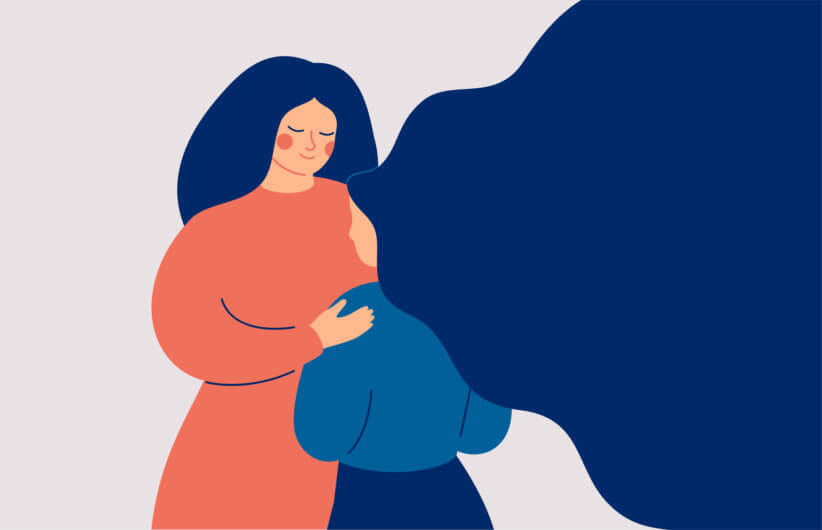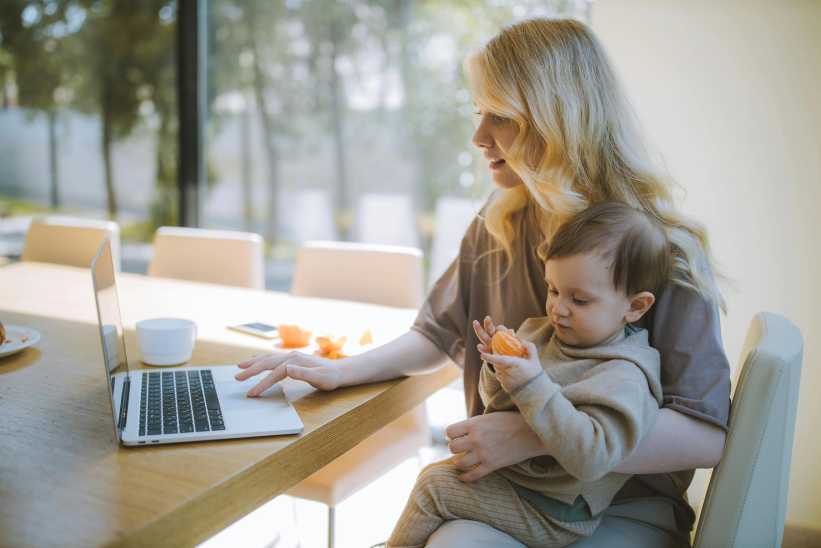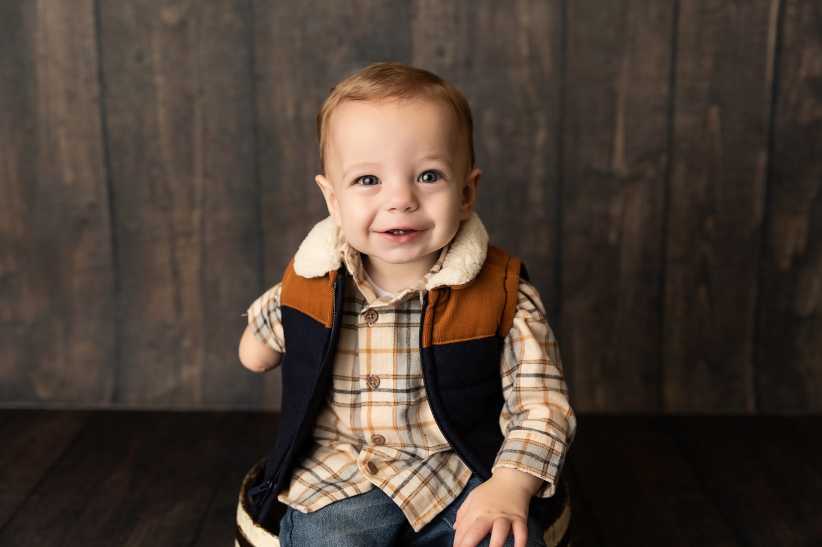
A Life-Changing Diagnosis: a mother reflects on heartbreak, challenges but also hope
It’s easier to weave the story in hindsight. I think of the threads that have held us together. The people. The places. The moments. The connections. There is not just one “aha” moment. There are many. There are the facts that have gotten us to this day.
My daughter Caterina has survived the odds stacked against her: the diagnosis, the bone marrow transplant, the corneal transplants, the cervical spine fusion, the additional dozen other surgical procedures. The school rejections, the physical therapies, the occupational therapies, the speech therapy, the severe kyphosis in her spine. The looks, the stares, the questions, from both strangers and from loved ones.
And I have survived with her, despite my own heartbreak. The divorces (two). The moves. The changes in schools. The continued challenges that get placed in her way. The resistance of those who doubted. And on the other side of that, the hopes. The acceptances. The team of doctors that are too long to list. The nurses that held us both in the most difficult moments. The strangers that have become friends. My extended family, the engine that continues to propel us forward with their unwavering love, goodness, and relentless support. The friends, the ones who have shown up in the hardest moments, putting their own fears aside to hold my hand in a hospital room.
Being a mother makes us all stronger. Being Caterina’s mother has in moments made me crumble, and in other moments made me feel invincible. How I have survived and endured and continue to find meaning and strength in raising a child whose probability of just being equated to one in one hundred and fifty thousand births is still the story I am trying to weave. It is mostly a story about the transformative power of love.
I could have more easily won the lottery, but instead I bore a child with a rare metabolic disorder, an anomaly in the genes: Hurler Syndrome. Her father and I are both carriers of the same defective gene, and neither of us had any way of knowing it. Caterina, our middle daughter, is eighteen now, about to graduate high school at our local public school. She’s surpassed the odds they gave me at diagnosis by twelve years. “She might live until the age of six,” said the geneticist who helped pin down this rare and crippling disorder. Unless we could find a treatment, some hope for life. I tell my three girls the things I wish I had known.
“Trust your instincts,” I hear myself saying to them almost on a daily basis. You know, that feeling in the gut, those double-takes, the way your breath gets taken away in an instant. We all have them, yet trusting them, and then acting on them, often takes time. A wise woman once told me “where is the sage inside you?” I had to find her. This unusual, painful, inspiring, and liberating journey with my daughters has been the way there. It’s been a journey of letting go, of trusting the instincts I felt, but would oftentimes suppress.
From the time Caterina was born, I suspected something was wrong. She had a head full of hair, and her older sister, Camila, eighteen months old at the time, had been bald at birth. Caterina’s back was also filled with hair, so much that I remember bringing it up at the first doctor’s rounds before we were discharged from the hospital. “Oh, that will shed over time, some babies are just born like that,” Dr. Weiss, her pediatrician told me, very matter of factly. I tried to let go of the feeling tugging at my insides and trusted the experts.
Three months later, at the regular monthly check-up, her head size was “off the charts.”
“We can wait as this will most likely normalize, or if you would like, we can do an MRI to rule out anything else,” said Dr. Weiss. I still remember the gentle yet thoughtful expression on her face. My youngest brother died when I was sixteen from a rare childhood cancer, Wilm’s Tumor, so I determinedly opted on the side of extra precaution, and chose the MRI. The results showed water on the outside of her brain, a diagnosis known as external hydrocephalus. The neurologist told us it was a benign condition that would resolve with time. I sat back and let the experts comfort me. I heard the admonishing voices of the grandmothers suggesting this seemed abnormal, and chose to listen to the doctors instead.
But the discomfort in my gut never went away. Then came the snoring at night. Loud snores that sounded like I had a seventy-five-year-old living in her bedroom. A visit to the ENT brought us a diagnosis of enlarged adenoids. “She might require surgery down the line, but for now some nose spray will do,” said Dr. Ward, our trusted ENT who she still sees. Each small and deceivingly minor condition grew the list in my head and made the knot in my insides harder to ignore. Something did not feel right. I kept questioning Dr. Weiss. She had no answers. Some milestones were missed.
Time would tell.
I waited, anxiously. At six months she still couldn’t sit up straight. We started PT. She caught up. I breathed easier. I had a two-year old and a six-month old and life was busy. Their dad worked long days as a banker, and I stayed home, having quit my own job in financial services to raise the girls. A few weeks before Caterina’s first birthday, we took a trip to my home country, Dominican Republic, to visit my parents and extended family and friends. Caterina got a virus and a 102 fever the day before we were supposed to fly back home to New York. I took her to the local town of La Romana to visit the pediatrician, Dr. Lopez. We had been through the hallways of many hospitals: Cornell Weill Medical Center, clean and upscale pediatricians offices, sophisticated and pristine neurologist offices, toy-infused pediatric ophthalmologists offices. Yet in the simple, humble office in the small city of La Romana, wooden windows open to let the hot air out, flies swarming in the waiting room, the eleven months of instinctual angst came forth in an expression. I saw a look in Dr. Lopez’s face. He held Caterina, took her temperature, looked in her ears and throat and said “you can fly tomorrow no problem. This is just a virus. But…. have you ever taken her to a geneticist?” “No, why,” I answered. “I don’t like a few things about how she looks and moves. I think morphologically she’s different. I would go to a geneticist as soon as you go back home.” And we did. On June 4, 2004, four days after her first birthday, we got the diagnosis: Caterina had Hurler Syndrome, a metabolic lysosomal storage disorder, generally fatal by the age of eight.
I write this almost eighteen years later and a trace of the feeling I experienced that day visits my insides. The day after, I woke up not knowing who I was or where I was. The feeling in my heart was one I had never experienced before. My body felt heavy. I could barely get up. I walked to the bathroom and looked in the mirror and then fell over the toilet, sobs pouring out of me, along with the notion of what my life had been until that moment.
And then I got up. I got up as I have done every day since, some with grief, some with anger, some with terror, some with hope, some with strength, most with a will to change the course of what was meant to happen, all with love. Caterina is alive because of the advances of medical science. She is alive because she has the will to live, and a strength inside that parallels none I have seen. She is alive because we had medical insurance. She is alive because she was surrounded by so many who prayed, cheered, cried, and led her forth.
“Ask questions,” I tell the girls. By asking we got to Duke University Medical Center. We found Dr. Kurtzberg. Caterina had a stem cell transplant within two months of her diagnosis. An unrelated anonymous umbilical stem cell donor saved her life. The mom who chose to donate that cord blood doesn’t know my daughter is alive and graduating high school because of her gesture.
“Push, with kindness, and determination.” And that I have done. Until I find the person on the other side who rises with grace and goodness. I know the girls are listening, despite our fights, our disagreements, our painful yet beautiful journey together. Hindsight allows me that knowledge. Camila is twenty now. Caterina almost nineteen. Arianna, the third, the one I might have never had if I had allowed fear to overcome love, is now fourteen. I think of old friends like Jill, who once told me “Let yourself lose it.” I had not learned to do that, but I do now, on occasion. And I tell the girls the same. But get back up. Find the way. Open your hearts and listen to the call inside you, the voice of instinct that will never let you down.
Or in the words of Rumi, “this longing you express is the return message. The grief you cry out from draws you toward union.”





















